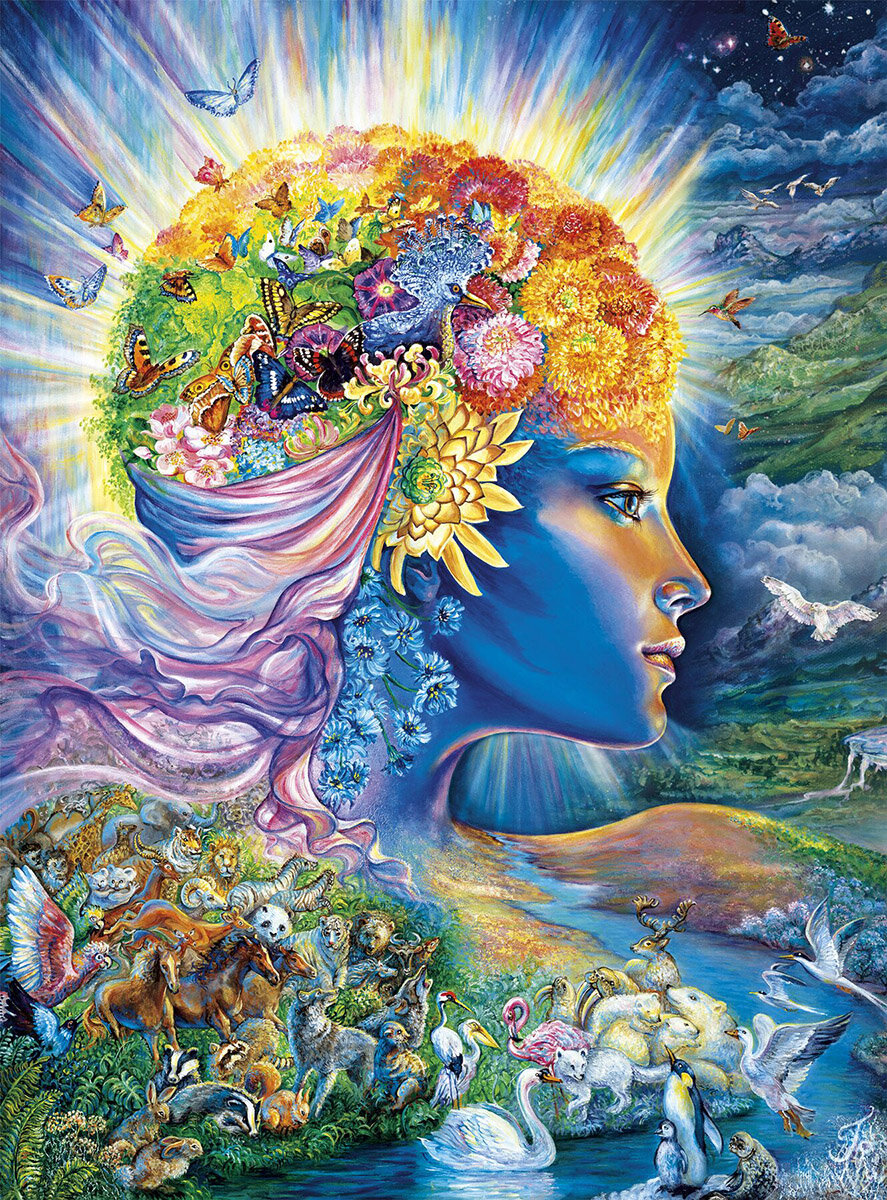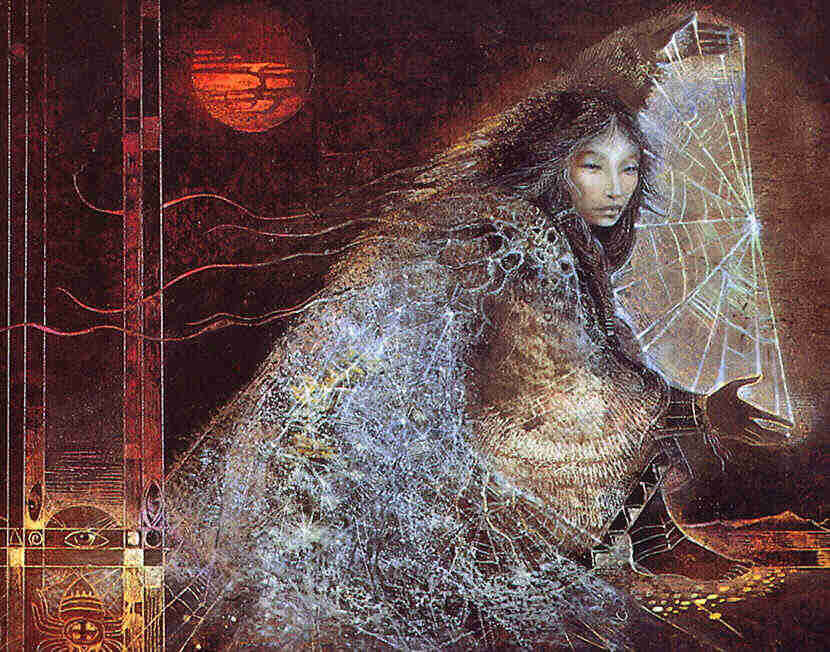Earth Based Goddesses for Beginners
As we get deeper into Spring, we can better appreciate the plentiful benefits the season brings us.
The warm weather and sudden reappearance of fresh plants and green leaves give us a newfound appreciation for nature and all the Earth provides us. Appreciation of the Earth goes back centuries, symbolized most commonly in the form of goddesses. The representation of Earth is special in how it is so frequently tied to goddesses and female figureheads, in contrast to the abundance of gods we usually see in mythology. The dichotomy of nurturing warmth and strong defensiveness seen in Earth-based goddesses is fascinating and has so many ties to our cultural history in ways we may not even realize. Today, we’d like to talk about three different Earth-based goddesses whose effects ripple today in our society.




